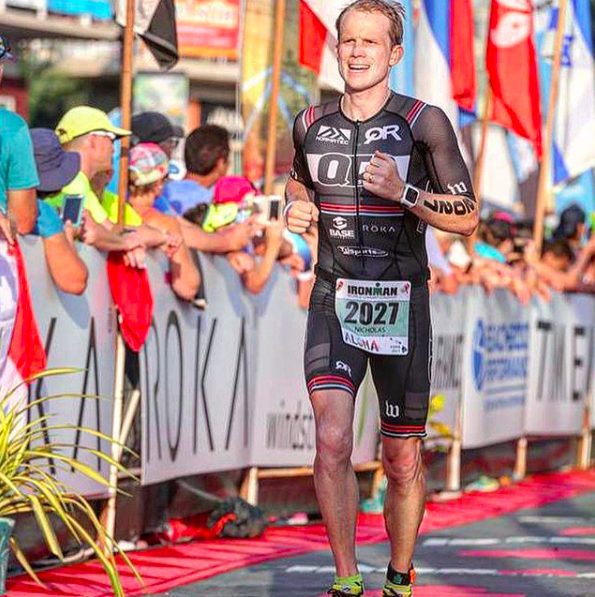Coach Paul Duncan: How to determine your threshold heart rate
A follow-up to his article on heart-rate zones, coach Paul Duncan of QT2 Systems explains how to determine your heart rate zones by establishing your threshold heart rate.


Since posting this article in July, I have received many questions about how to determine your heart rate zones.
There are many tests that can be used to estimate your heart rate training zones. To determine your heart rate zones, you must first determine your threshold heart rate. This has been done in a variety of ways in the past using protocols such as blood lactate testing, metabolic testing, or even less accurate measures such as the old 220 minus your age formula.
Written below are some of the initial ways the coaches of QT2 systems gets a baseline estimate for an athlete’s threshold heart rate. Once the estimated threshold heart rate is established, that number can be used for determine an athletes training zones. While there are more complex and measures with guaranteed accuracy, this writing is for athletes that don’t have the resources or desire to have more complex testing conducted. Here are some of the most simple ways to estimate an athlete Threshold heart rate.
Note: The athlete should be well rested to get the most accurate results. If the athlete is not well rested, stimulating the heart rate to its top potential will not be possible, therefore throwing off the results and having less of a likelihood that the zones will be accurate.
Bike
After an adequate warm up, complete an 8 minutes ALL OUT effort on your bike. Record your average heart rate. The athletes threshold heart rate will typically about 8 beats below the average heart rate for this test.
For some athletes, a 20 minute all out test can be more accurate, but the coach must believe the athlete has the mental ability to complete 20 minutes at a true “best effort”. Right minutes is typically better for the athlete to wrap their heads around.
To cross check this method: Take the highest heart rate you have ever seen (within the last couple years) on the bike and subtract your resting heart rate from this number. Then, multiply that “heart rate reserve” by .81 and add back your resting heart rate to that number.
Take the average of these two methods or choose one versus the other based on how accurate the data input were to each.
Run
After determining your bike threshold heart rate, you can then offset it to your run TH heart rate by adding about 10 beats. Almost every athlete we have worked with falls within 5 beats of this number. There are some adjustments that should be made but for simplicity sake, let’s use 10 beats.
To cross check this — After a determining your TH above, confirm your running estimate by completing an open running road race while recording average heart rate. A great estimate of threshold from an open road race is:
- Average 5K heart rate minus 15 beats
- Average 10K heart rate minus 10 beats
- Average half marathon heart rate minus 5 beats
Take the average of these two methods or choose one versus the other based on how accurate the data input was to each. After two open road races confirm the offset, its likely best to use that number and disregard the primary offset above if it suggests something different.
The more opportunities you can use you cross check the threshold heart rate, the better. We also like to use past race heart rate data to determine an estimated threshold heart rate as well. Data from past 70.3 races, marathons, and even Ironman races can be very useful
There is no “easy” 100% fool proof way to determine an athletes training zones. This is a moving target that has many variables. The goal here is to find a good estimate so that athlete knows what his/her intensity should look like. When it comes to training, the bottom line is that most athletes will benefit most and make the most long term gains by spending more than 70% of their training time at less than 86% of this number, with almost 100% during the early season. Patience and consistency is key.
The original source of this information is via the QT2 Systems member area. You can find out more about threshold heart rates and training zones by visiting the QT2 Systems member resource area, or by contacting me
Paul is a United States Army Veteran, USAT Certified Coach, QT2 Systems Level 1 Coach, and OutRival Racing Level 3 coach.
Paul also competes in triathlon and running events in his spare time.
- 70.3 PR (4:24:26)
140.6 PR – (9:51:53) - Half Marathon – (1:24:21 open)
- Marathon – (2:57:27)

